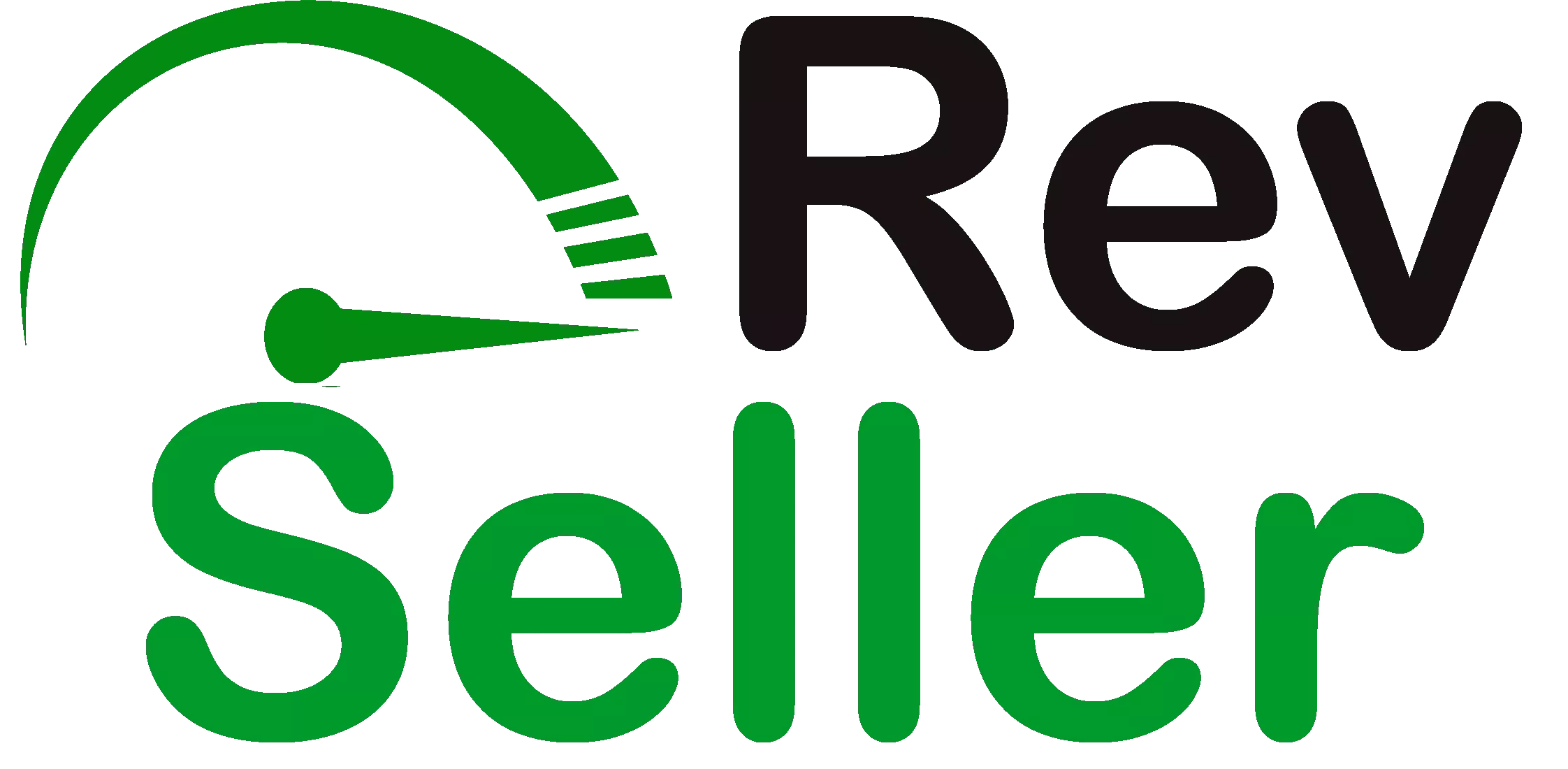Best Amazon Product Hunting Software for Online Sellers
Product hunting is the act of finding profitable and trending products that can be sold with an opportunity to yield profit after paying all Amazon fees. As Amazon's product lines continue to increase, finding a suitable product line to sell could be very lengthy and cumbersome; this is where Amazon product hunting software tools are needed. About 85% of Amazon sellers have at least one third-party tool to run their business.
In this comprehensive discussion, we'll run down the importance of product hunting, effective usage of product hunting tools, identifying features to look for in them, and how to transform your Amazon selling strategy. If you are just getting started, you can use an all-in-one Amazon software tool that has robust product hunting features or even product research features to get you started.
What is Amazon Product Hunting?
Amazon product hunting refers to the research, identification, and selection of profitable products for sale on Amazon. The basic goal of product hunting is finding products that will have a great sales potential with minimal competition. A good product hunting strategy calls for a great understanding of the market demand, competition, profit margins, and sourcing strategies. Product hunting entails several steps including:
- Market Research: This refers to the study of product categories and niches for potential opportunities.
- Profitability Assessment: Calculating the cost, selling price, and probable margin for the product.
- Competition Analysis: Understanding the level of competition and identifying ways a product could be differentiated from the competition.
- Trend Analysis: Identifying the types of products that are on trend and have likely chances of being sold in huge quantities .
The process of product hunting can thus be done manually through analysis of various Amazon listings and their data; however, with particularized product hunting software, the same becomes manageable and precise, especially in large amounts of data.
Key Features to Look for in Amazon Product Hunting Software
When choosing product hunting software, it’s essential to evaluate the features that can maximize the effectiveness of your research and help you identify the most profitable products. Below are the essential features to look for in a high-quality product hunting tool.
1. Product Research and Discovery: The core functionality of any product hunting software is that it enables the seller to find profitable products. A good tool will enable a seller to filter products based on various parameters, such as:
- Category and Subcategory: Find a product in a specific category or niche.
- Sales Volume: Find products with great sales potential.
- Price Range: Filter products according to price range to match your target market.
- Profit Margin: It calculates potential profits considering Amazon fees, cost of goods, and shipping.
A good product hunting tool will provide sellers with detailed insights into product data that can help them quickly identify products that meet their profitability criteria.
2. Competition Analysis: Understanding the level of competition for a given product is very important to succeed on Amazon. Product hunting software should provide data on the competition level, including the number of sellers, the quality of their listings, and the type of advertising strategies they are using. Key aspects to consider in competition analysis include:
- Number of Reviews: The number of reviews is a good indicator of competition. Fewer reviews often mean lower competition, but it may also suggest lower demand.
- Price Comparison: Analyzing competitors’ prices allows sellers to determine whether there’s room for pricing adjustments.
- Product Differentiation: Check how competitors present their products. Differentiating your product can help you stand out.
3. Profitability Calculators: A profitability calculator is an important tool for determining whether a product is worth selling. It estimates the profit margin by considering Amazon fees, shipping costs, production costs, and advertising expenses.
Using input of the product's cost price along with other variables, a seller can gain clarity on the probable profit one may get in a sale. An ideal product hunting tool must comprise a profitability calculator to provide an estimate if the product will make it worth chasing or not.
4. Trend Analysis: Trend identification is what keeps product hunting on the right track. A product hunting software tool should track historical trends and help vendors identify trending items. This can be done by considering data points like:
- Seasonality: Certain products sell well at certain times of the year or periods.
- Sales Velocity: A fast gain in sales velocity may indicate an emerging trend.
- Consumer Demand: Products with increasing search volume or rising reviews may be trending.
Trend analysis helps the seller be ahead of the curve and identifies products with a possibility to succeed in the long run.
5. Supplier and Sourcing Information: Multiple product hunting tools offer supplier and manufacturer information, which helps the seller locate the source of their products. Identifying suppliers who have competitive pricing with high quality products will decrease sourcing risks and facilitate a smooth supply chain. Some tools may also offer integration with popular sourcing platforms, making it easier to get in touch with manufacturers or wholesalers directly.
6. Review and Rating Analysis: Analyzing customer reviews and ratings is a valuable strategy for product hunting. Tools that offer sentiment analysis or review monitoring help sellers identify customer pain points, product improvements, and unmet needs. By understanding what customers like and dislike, sellers can improve their own product listings or find product gaps in the market.
Merchinformer is a tool designed for Amazon sellers to identify profitable products by analyzing market trends, competition, and sales data. It helps online sellers discover high-potential items, making it easier to optimize product listings and improve overall sales performance.
Sellerboard is a tool designed for Amazon sellers to track and optimize their product sales, offering real-time analytics and detailed profit tracking. With features focused on cost analysis and inventory management, it helps sellers make data-driven decisions to improve profitability and growth.
Amzscout is a tool designed for Amazon sellers to assist in product research by providing insights into market trends, competition, and profitability. Its features help sellers identify profitable product opportunities and optimize their inventory strategies for Amazon's marketplace.
Jungle Scout is a comprehensive tool for Amazon product hunting, offering online sellers data-driven insights to identify profitable product opportunities. With features like sales tracking, keyword research, and competitor analysis, it helps sellers make informed decisions and streamline their product selection process.
Scan Unlimited is a product hunting tool for Amazon sellers that helps identify profitable products by scanning and analyzing various market trends. Its features enable sellers to make data-driven decisions, optimizing their product selection and improving their chances of success on Amazon.
Egrow is a tool designed for Amazon product hunting, offering online sellers data-driven insights to identify profitable products and optimize their listings. By providing detailed market analysis, it helps sellers make informed decisions and improve their sales strategies on Amazon.
WholeSale2B is a platform for Amazon product hunting, offering online sellers access to a wide range of wholesale products for resale on Amazon. With tools to streamline product sourcing, it helps sellers find profitable items and manage their inventory efficiently.
Sellerchamp is a tool designed for Amazon sellers, offering automation and streamlined processes for product hunting, listing management, and inventory optimization. It helps sellers identify profitable products, manage listings efficiently, and scale their Amazon businesses with data-driven insights.
ManageByStats is a tool designed for Amazon sellers to streamline product research, inventory management, and sales tracking. It provides actionable insights and analytics, helping sellers make data-driven decisions to grow their Amazon businesses effectively.
Revseller is a browser-based tool designed to assist online sellers with efficient product analysis for Amazon. It offers detailed insights into profitability, sales rank, and competition, streamlining the decision-making process for product hunting.
Best Practices for Using an Amazon Product Hunting Software
Once you’ve selected the right Amazon product hunting software, it’s important to use it effectively to maximize its potential. Here are some best practices to follow:
- Set Clear Research Criteria: Before diving into product research, define your criteria. Decide on the minimum sales volume, target profit margins, and acceptable competition level. This will help narrow down your product options and focus your efforts on high-potential products.
- Use Multiple Filters: Take advantage of the customizable filters provided by the software to refine your product search. Filter by categories, price range, reviews, and competition to identify products that fit your specific requirements.
- Analyze Trends: Always review market and customer trends before finalizing your product choices. Pay attention to seasonal demand, emerging trends, and long-term growth prospects of the product niche.
- Regularly Monitor Competitors: Many product hunting tools include competitor analysis features. Regularly track your competitors’ product listings, sales performance, and reviews to stay informed about changes in the market.
- Leverage Sales Projections: Use the software’s sales projection tools to estimate potential earnings from a product. This will help you prioritize products that offer strong revenue potential while avoiding those with limited growth prospects.
Common Mistakes to Avoid When Using an Amazon Product Hunting Software
Even with the best product hunting software at your disposal, there are some common mistakes that sellers should avoid:
- Relying Solely on Sales Data: While sales volume and revenue projections are important, don’t rely exclusively on them. Take into account other factors such as customer reviews, market trends, and competition level before making your final decision.
- Ignoring Product Seasonality: Some products may have high sales during certain times of the year but drop off during other months. Be sure to account for seasonality when evaluating potential products to avoid dips in sales.
- Overlooking Competition Analysis: Failing to analyze your competition can lead to entering oversaturated markets. Make sure to evaluate the competition in your chosen niche and look for opportunities with lower competition but strong demand.
- Not Verifying Product Profitability: Simply identifying a high-selling product isn’t enough. Always calculate potential profit margins, factoring in costs like Amazon fees, shipping, and production to ensure the product will be profitable.
- Choosing Products Based on Personal Preferences: Avoid making product decisions based solely on personal interests or assumptions. Let the data guide you to products with proven demand and profit potential.
Final Thoughts
Amazon product hunting software is an invaluable tool for sellers looking to streamline their product research process, identify profitable niches, and gain a competitive edge in the marketplace. With features like detailed analytics, market trend insights, and competitor tracking, these tools can help sellers make data-driven decisions and avoid the pitfalls of manual product research.
By selecting the right software and following best practices, sellers can reduce the risk of launching unsuccessful products and increase their chances of finding profitable items that resonate with customers. Remember to define clear research criteria, regularly monitor competitors, and leverage the software’s powerful features to make informed decisions that lead to long-term success.





.webp)

.webp)
